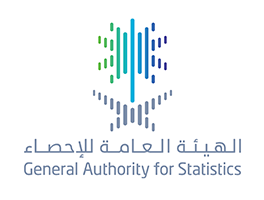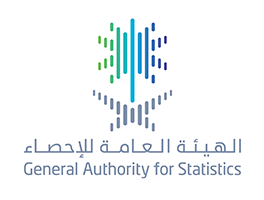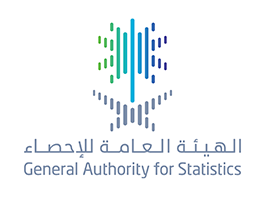GASTAT: General Real Estate Price Index for Q2 of 2022 Increases by 0.7%
01-08-2022
GASTAT revealed on Monday, Muharram 3, 1444, corresponding to August 1, 2022, the results of the real estate price index for the second quarter of 2022, and published it on its official website www.stats.gov.sa
The publication results indicated a 0.7% increase in the general real estate price index for the second quarter of 2022, compared to the same quarter of the previous year 2021, mainly due to increase in residential real estate prices of +1.9%.
According to the publication results, the increase in residential land prices largely affected the increase in real estate prices in the second quarter of 2022, compared to the second quarter of 2021. The residential sector recorded a 1.9% increase affected by a 0.2% increase in the residential land plots prices, on an annual basis in the second quarter of 2022, due to its high relative importance in the general index. Among other residential real estate prices, the prices of villas, apartments, and houses decreased by 1.1%, 1.1% and 0.9% respectively. However, the prices of residential buildings stabilized and did not record any significant changes. The commercial sector recorded a 1.5% decrease, impacted by the decrease in the prices of commercial lands plots by 1.5%. The prices of galleries also decreased by 1.1%, while the prices of commercial centers increased by 0.1%. On the other hand, the commercial buildings prices stabilized and did not record any significant changes. The agriculture sector decreased by 0.6% affected by the decrease in agriculture land prices by -0.6%.
GASTAT is the only official statistical reference for statistical data and information in Saudi Arabia. It carries out all the statistical work, in addition to the technical oversight of the statistical sector. It also designs and implements field surveys, conducts statistical studies and researches, analyzes data and information, in addition to documenting and archiving all works of information and statistical data that cover all aspects of life in Saudi Arabia from its multiple sources. Data are written, classified, and analyzed; their indicators are extracted as well.





